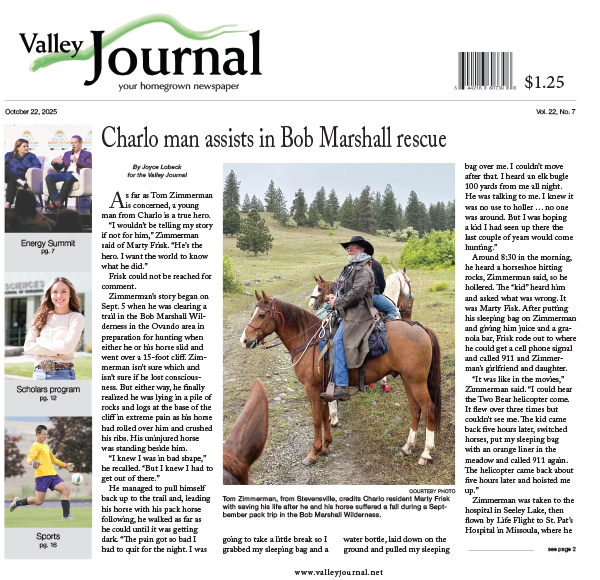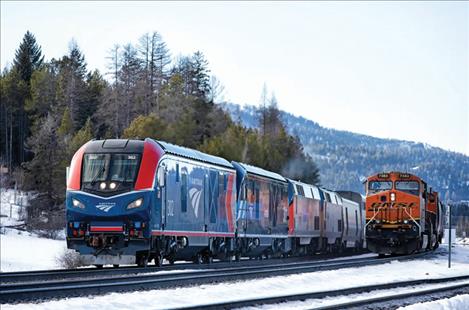What’s next in push to restore southern Montana’s passenger rail service
Big Sky Passenger Rail Authority’s Dave Strohmaier speaks to Montana Free Press about reviving the North Coast Hiawatha route
Keep Reading!
You’ve reached the limit of 3 free articles - but don’t let that stop you.

















